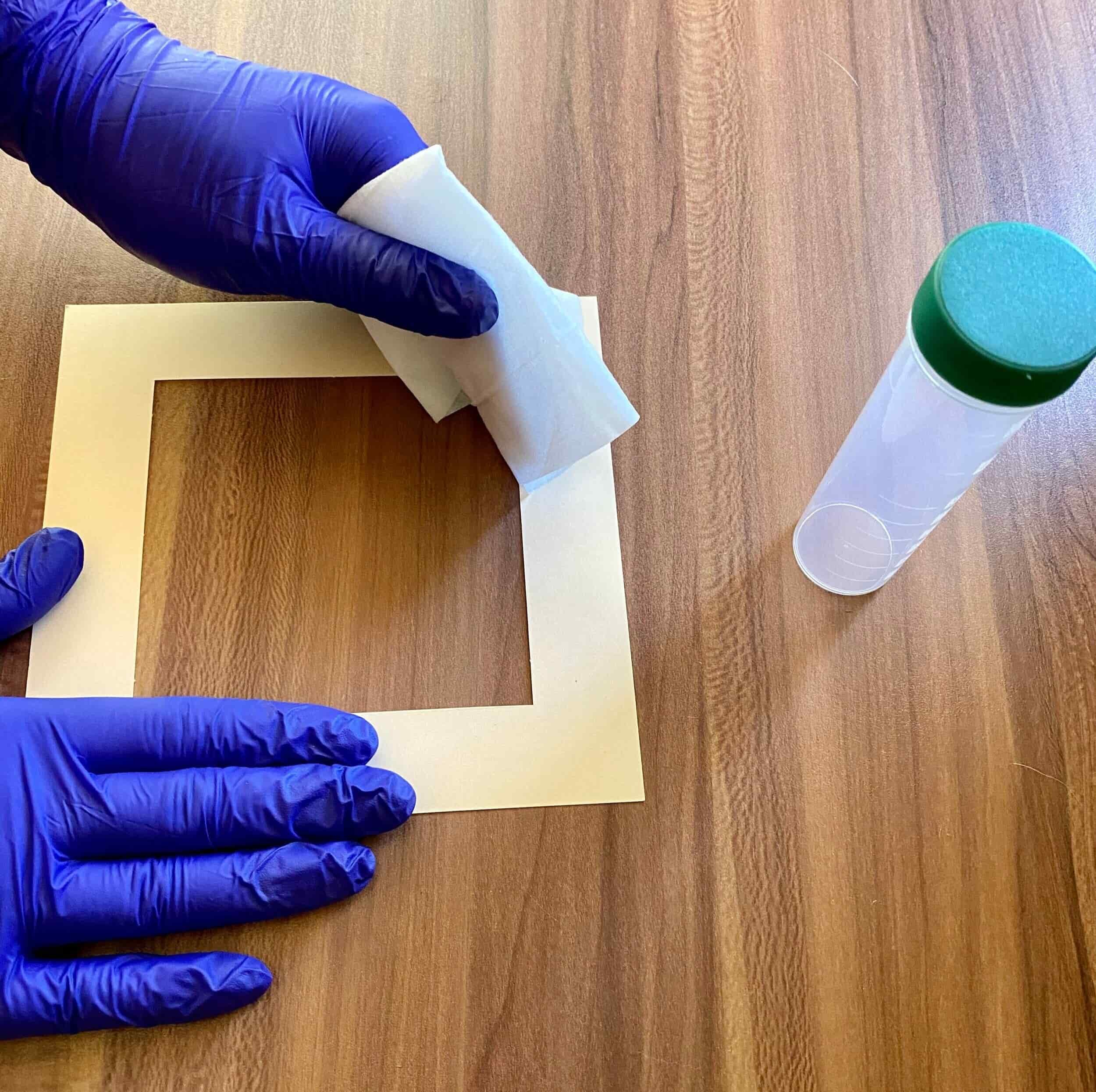Surface Contaminants & Testing
EnHealth’s Certified Industrial Hygienist (CIH) can help your facility control and prevent surface contamination by reviewing work practices, equipment handling, engineering controls, and cleaning methods.
A site review, along with surface wipe sampling, can provide critical information regarding level of surfaces contamination that may lead to biological uptake through dermal, inhalation, or ingestion exposures.
Why Surface Contaminant Testing Is Important
According to the Occupational Safety and Health Administration (OSHA):
“Skin exposure to chemicals in the workplace is a significant problem in the U.S. Both the number of cases and the rate of skin disease in the U.S. exceeds recordable respiratory illnesses. In 2018, 25,000 recordable skin diseases were reported by the Bureau of Labor Statistics (BLS) at a rate of 2.2 injuries per 10,000 employees, compared to 19,600 respiratory illnesses with a rate of 1.7 illnesses per 10,000 employees.”
This indicates that skin absorption may be a more important route of exposure than inhalation, especially for non-volatile hazardous chemicals which remain on work surfaces for long periods of time. In addition, skin absorption of some chemical substances may go unnoticed, and an allergic reaction can result from a series of low-level exposures over time.
Surface contaminants can also lead to ingestion and inhalation exposures. Ingestion exposure can occur when toxic materials on surfaces or objects are transferred during hand-to-mouth or object-to-mouth contact. Inhalation exposure can occur when settled dusts are disturbed and re-suspended in the air, and are subsequently inhaled.
Surface Wipe Sampling For Contamination
The most common method used to assess potential exposure from a contaminated surface is wipe sampling.
Surface wipe sampling and analysis can be used to detect organic and inorganic contaminants (i.e., microorganisms, pesticides, chromium, cadmium, beryllium, hazardous drugs, amines, isocyanates, etc.) on a variety of different surfaces.
Wipe sampling is an important part of an exposure assessment process, and can be applied to:
Identifying contamination sources (i.e., hotspots and pathways) and delineating the extent of contamination.
Determining appropriate personal protection equipment (PPE).
Evaluating the effectiveness of housekeeping procedures and verifying post remediation acceptance (e.g., spill clean-up/ verification of environmental contaminants).
Validating that no contamination is present in uncontrolled areas, such as break or locker rooms.
Verifying that repurposed or decommissioned facilities and equipment have been cleaned and decontaminated to acceptable levels prior to release.
Additional surface testing techniques include direct-reading swab or tape lifts, or vacuum dust collection to collect bulk samples of dust for analysis. Swab test kits with colorimetric indicators are available for specific contaminants, including lead, chromium, acids, bases, amines, aliphatic and aromatic isocyanates, and others. These semi-quantitative assessments can be used to provide an immediate indication of the presence of a contaminant on a surface, or general level of cleanliness.



